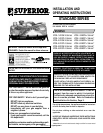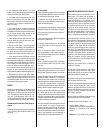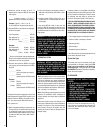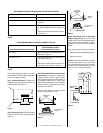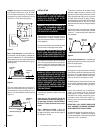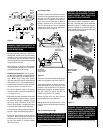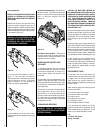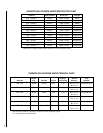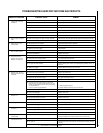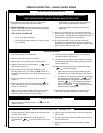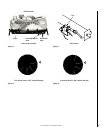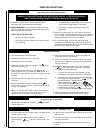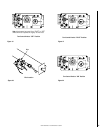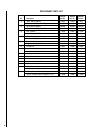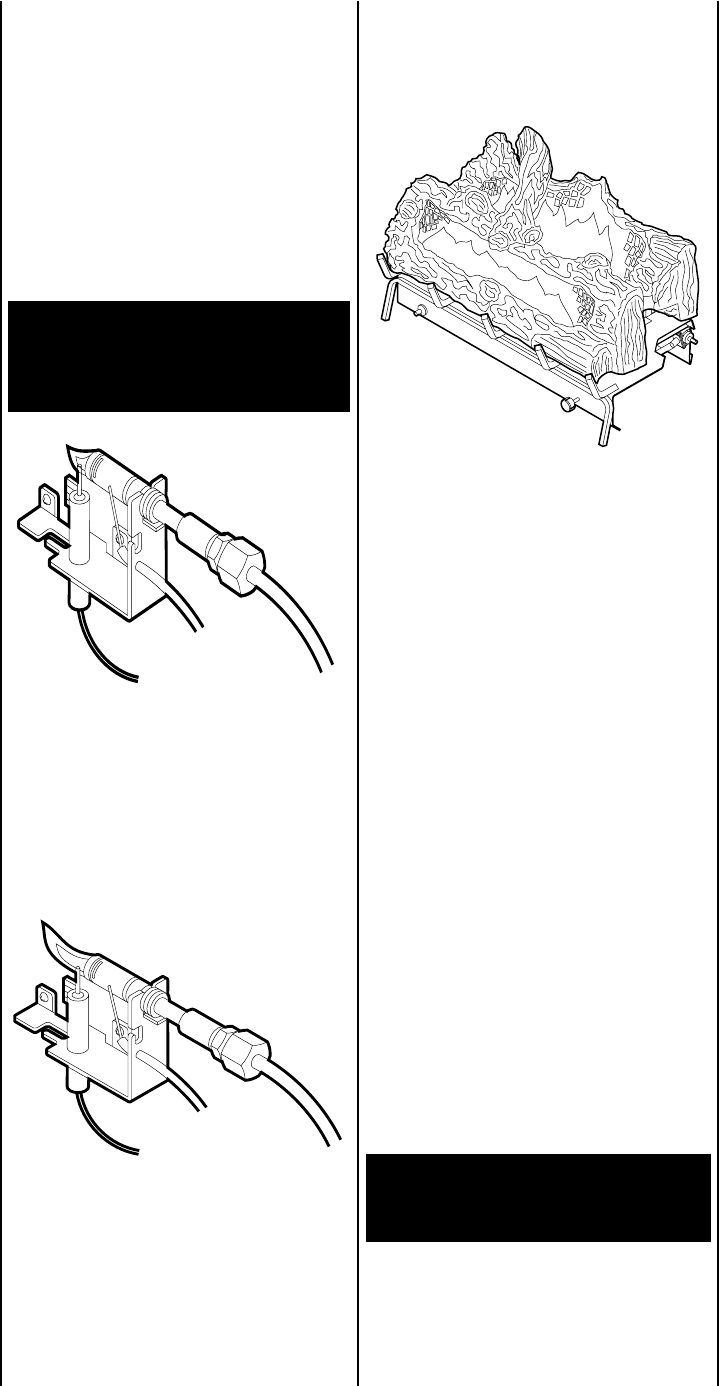
NOTE: DIAGRAMS & ILLUSTRATION NOT TO SCALE.
8
In normal operation, at full rate, after 15 min-
utes the following flame appearance should be
observed:
CAUTION: YOU MUST KEEP CONTROL AR-
EAS, BURNERS AND CIRCULATING AIR PAS-
SAGEWAYS OF FIREPLACE CLEAN. INSPECT
THESE AREAS OF FIREPLACE BEFORE EACH
USE. HAVE FIREPLACE AND CHIMNEY (IF
APPLICABLE) INSPECTED YEARLY BY A
QUALIFIED SERVICE PERSON. FIREPLACE
MAY NEED MORE FREQUENT CLEANING DUE
TO EXCESSIVE LINT FORM CARPETING, BED-
DING MATERIAL, ETC.
Only limited cleaning will be required under the
normal use of the heater. Dust the front grate,
the top of the piezo cover and the control knob
occasionally. Do not use cleaning fluids to
clean the logs or any other part of the room
heater.
Remove the logs, gently handling at each end.
Use a vacuum cleaner to remove loose particles
from the base and from around the burners.
Gloves are recommended to prevent the fibers
from pricking your skin. If the skin is pricked,
wash gently with soap and water. Replace the
logs as detailed in Step 4 Assembling the Logs.
If, after a period of use, the flames start to
exhibit unusual shapes and behavior, or the
burners fail to ignite smoothly, then the burner
holes may require some cleaning. If this hap-
pens, contact your nearest dealer to get the
appliance serviced.
REPLACEMENT PARTS
An exploded view of the room heater with
numbered parts and a parts list can be found
on pages 16 and 17. All parts should be or-
dered through your Lennox distributor or
dealer. Parts will be shipped at prevailing prices
at time of order.
When ordering repair parts, always give the
following information:
1. The model number of the heater.
2. The serial number of the heater.
3. The part number.
4. The description of the part.
5. The quantity required.
6. The installation date of the heater.
If you encounter any problems or have any
questions concerning the installation of this
heater, please contact your distributor. For the
name of your nearest distributor contact:
LHP
1110 West Taft Avenue
Orange, CA 92865
CLEANING AND SERVICING
WARNING: TURN OFF THE UNVENTED
GAS ROOM HEATER AND ALLOW TO COOL
BEFORE CLEANING.
Rear Burner Characteristics– The rear flames
should be yellow. The flames should extend
about 3 – 4" above the front log for natural gas
and 2 – 3" above for propane (L.P.G.) gas
(
Figure 14
).
Figure 14
Main Burner Characteristics – The flames at
the front burner holes will be blue becoming
orange as they hit the bark-like texture of the
base and front face of the log.
OPERATION AND CARE OF YOUR
APPLIANCE
1. Appliance operation may be controlled
through the ON/OFF unit rocker switch, located
in the control compartment, or through a re-
motely located optional wall switch or wall
thermostat.
2. Thermostat units are equipped with a two
stage (HI, LOW) gas control valve. To cycle the
burner between the HI and LOW settings, rotate
the control knob clockwise and counterclock-
wise respectively.
3. When lit for the first time, the appliance will
emit a slight odor for an hour or two. This is
due to the “burn-in” of the internal paints and
lubricants used in the manufacturing process.
For the first few hours, operate the appliance
with doors and windows open to encourage
the dissipation of odor.
Flame Appearance
REFER TO THE OPERATING INSTRUCTIONS
LOCATED AT THE BACK OF THIS MANUAL
BEFORE LIGHTING THE HEATER TO OBSERVE
THE FLAMES.
Flames from the pilot, front and rear burner
should be visually checked as soon as the
heater is installed. In addition a periodic visual
check of the flames should be made. The pilot
flame should always be present when the heater
is in operation (
Figure 12
).
WARNING: NO ADJUSTMENTS ARE TO
BE MADE TO THE ODS PILOT SYSTEM.
TAMPERING WITH THIS SYSTEM CAN
BE EXTREMELY HAZARDOUS.
Figure 12
An incorrect pilot flame pattern is shown in
Figure 13
. This pilot flame will cause the
thermocouple to cool. When the thermocouple
cools, the log set will shut off. If pilot flame
pattern is incorrect, or if log set shuts off,
contact your service representative.
Figure 13



